Taking plants to the next level – by Diane Morey Sitton
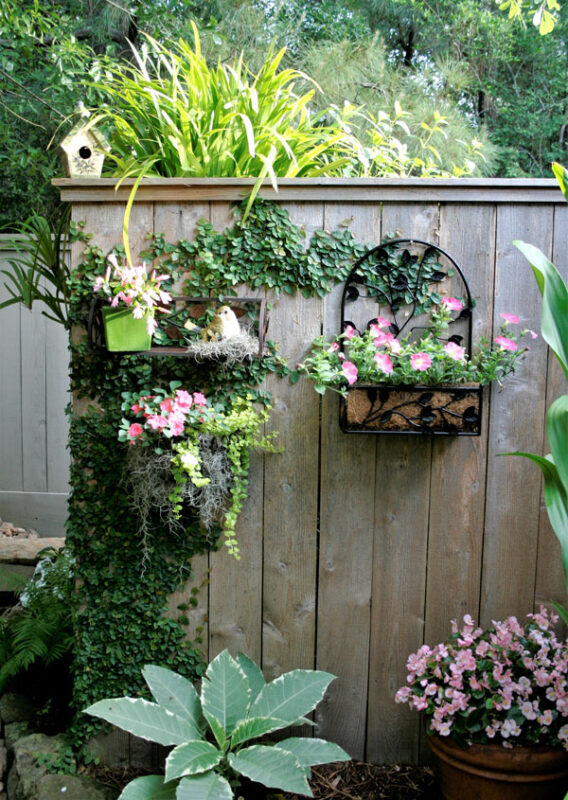
When it comes to finding more growing space for plants, the sky is the limit. Fences, doors, gates, walls, railings, and even porch posts offer an opportunity to showcase plants that are grown in containers that can be hung up or otherwise suspended.
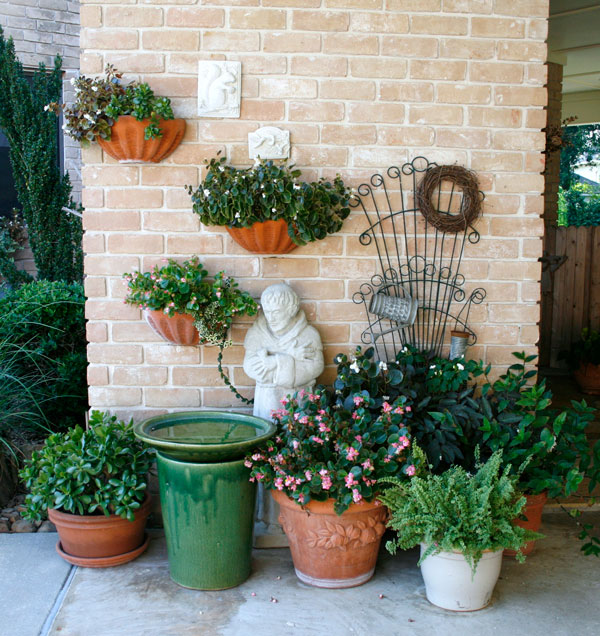
Besides adding more growing space to balconies, narrow side yards, courtyards, tiny condo gardens, and other small areas, elevated, plant-filled containers break up the monotony of bare walls and fences. They create a backdrop to ground level plants, and they reinforce color themes and garden style. Plants grown at eye level invite close inspection. What’s more, they extend a special invitation to lean forward to savor their fragrance.
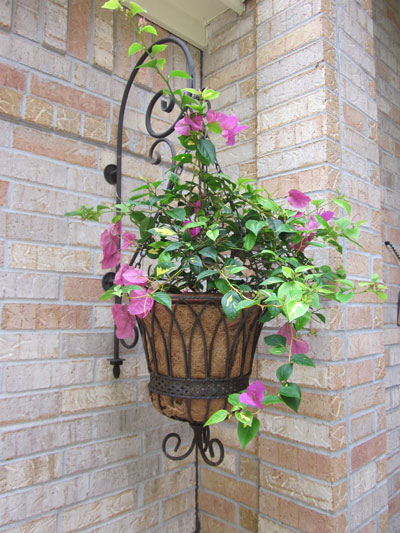
Start by selecting a container that complements its surroundings in style and color. It should be proportionately pleasing to the existing space, and it should be large enough to accommodate the plants you wish to grow. Options range from wall pots to planter boxes and from hayrack-style baskets to metal bucket planters. Keep things simple by displaying terra cotta pots using pot latch hangers or suspending pots in wall-mounted plant holder rings. If your creativity takes hold, devise a one-of-a-kind wall pot by repurposing a crate, wooden Coke bottle case, or any artifact that can hold soil, insure drainage, and be securely suspended from a wall, fence or other upright surface.
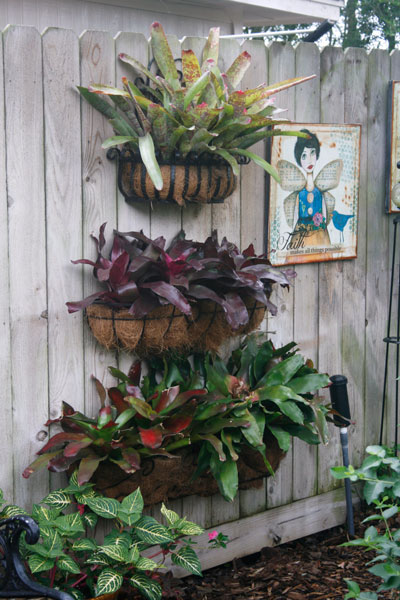
Remember, soil-filled pots, boxes and other containers are heavy, especially when wet, so make sure the wall, railing, or post is strong enough to support the finished product.
For the best results, select plants whose light requirements are compatible with the site. Does the location receive morning sun, afternoon sun, or no direct sun at all? Elevated containers are especially suitable for seasonal color plants. Use them alone or combine the showy “seasonals” with perennials such as fern and ivy. When assembling plant combinations choose selections that require the same light conditions, soil type, and water needs. Elevated containers benefit from regular feeding with a water-soluble plant food.
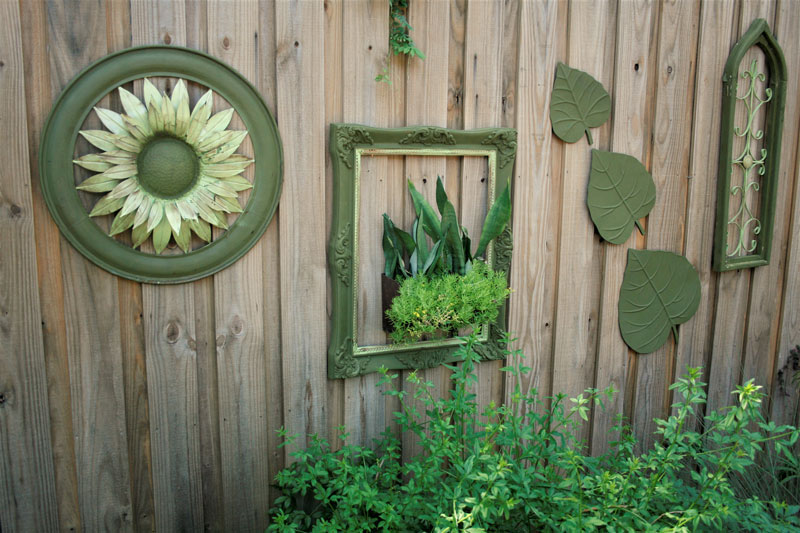
If there’s any drawback to growing plants in elevated containers, it’s watering. Displayed against reflective, heart-absorbing vertical surfaces and exposed to more wind than garden plants grown at ground level, they require regular—sometimes daily—watering. Avoid streaks on siding (common with wall pots or other containers that fit snugly against walls) by temporarily taking them down at each watering or by planting into a removable grow pot instead of planting directly into the wall pot. When it’s time to water, remove the grow pot.
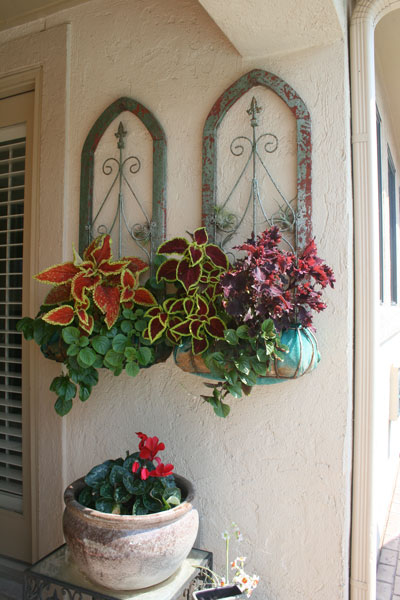
Whether you lack growing space, need to accentuate a dreary corner, or want to enliven a door or gate, taking plants to the next level is a practical, aesthetically pleasing, and creative solution.
